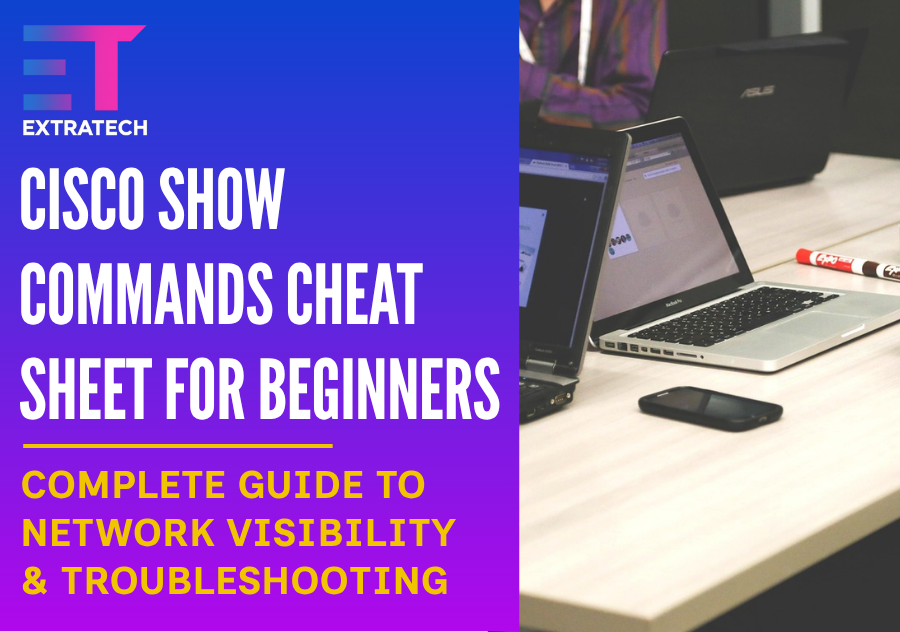Cisco Show Commands Cheat Sheet for Beginners : Complete Guide to Network Visibility & Troubleshooting
When you first begin working with Cisco devices, understanding how to utilize Cisco show commands effectively is absolutely essential. These commands provide real-time insights into your router or switch, which in turn helps you monitor configurations, troubleshoot issues, and verify the status of your device swiftly.
Given that Cisco IOS offers an extensive range of show commands, beginners can understandably feel overwhelmed. However, having a reliable cheat sheet focused specifically on the most important and commonly used commands can significantly ease your learning curve and greatly boost your efficiency. This comprehensive guide is designed to cover all the beginner-friendly show commands that you'll need for solid network visibility and management.
Introduction
It is crucial to emphasize that Cisco show commands are read-only. This means they do not modify any device settings; instead, they strictly display essential information regarding the device’s current state or saved configurations. For example, checking interface health or reviewing routing tables becomes straightforward with these commands, providing you with immediate and invaluable feedback. These commands prove to be essential when troubleshooting, as they help you quickly identify errors, device statistics, and the status of various protocols.
Moreover, using show commands routinely supports regular network maintenance tasks. For instance, before performing software upgrades or making configuration changes, verifying device status with these commands significantly reduces the risks associated with downtime. Furthermore, they aid in monitoring network health over time, allowing you to proactively spot trends and potential problems before they impact end users.

